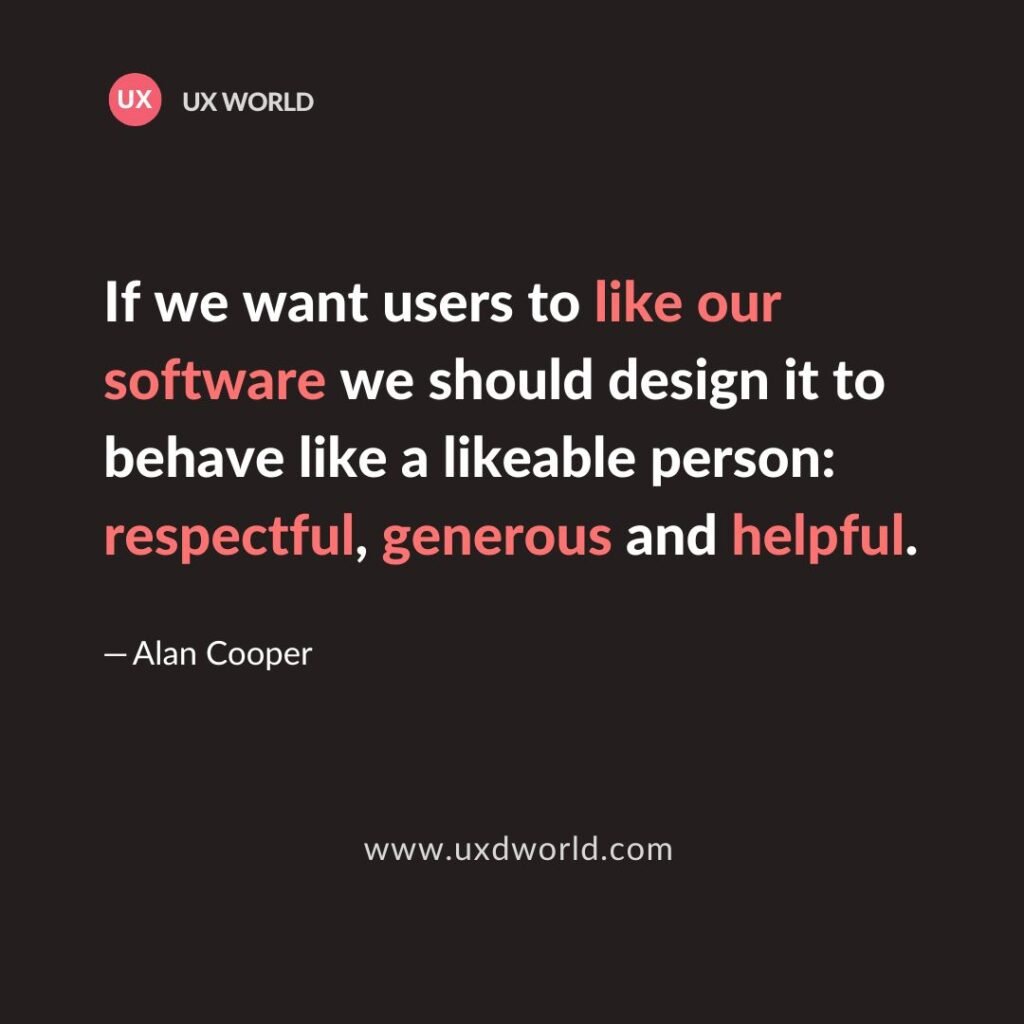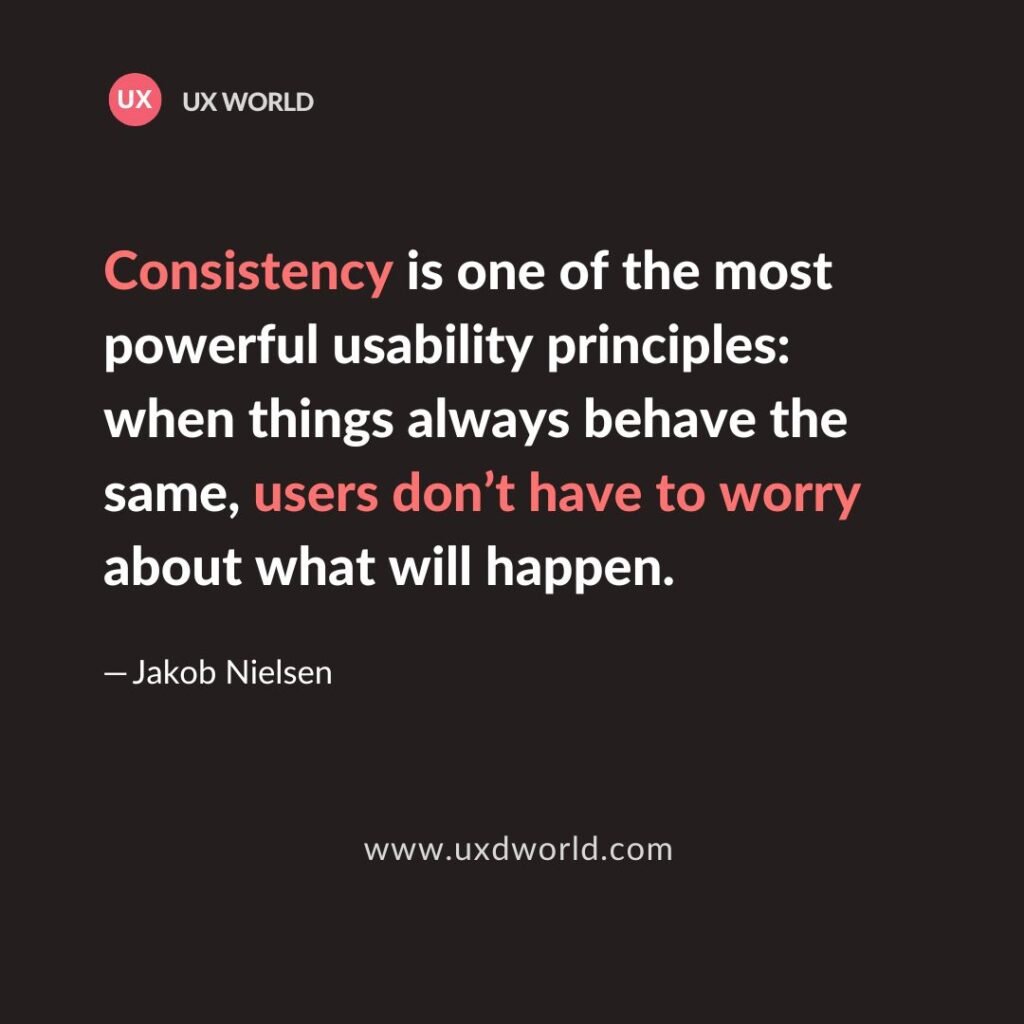Last Updated on September 26, 2024 by UX World
“Design based on data brings us back to its essence & will leave out all unnecessary decoration.” – Jeanne De Bont
Data and Design need to be integrated to enhance the user experience of your products. Data-based design decisions will keep you moving in the right direction throughout the design process.
How can the data help you to make the right design decisions?
A design process follows the user-first approach. Data is an essential part of the design process. Collecting data about users and their behaviors helps you build a product that best matches their requirements.
To take benefit of a data-driven approach, it is important to know
- Why data is needed?
- How do we collect the required data?
- How to use the collected data?
Let’s see how the design process can be merged with a data-driven approach to make it more useful.
Understanding Users’ Needs
Defining the user personas is an important initial step of the design process. Effective user personas lead to a successful product design.
A persona is defined after collecting the users’ needs. You perform user research and collect data based on different questions. This data helps you understand users’ needs, behaviors, and actual requirements and hence create effective user personas.
Defining Personalized Experience
Getting a personalized experience is a demanding trend and helps to gain user trust in your products. How can you define a personalized experience? It can only be done by collecting data.
You can analyze the users’ interactions with your product, collect their personal information, and analyze this data. Based on this data and AI, it becomes easier to provide a pleasing experience based on their likes and dislikes.
Redesigning the Experience
With the latest trends of UI, UX, and technology it is essential to keep your products up to date. For this purpose, redesigning the product experience is an important practice in business. How can you make this redesign more effective for users? Instead of using your own preferences and instincts, it is always recommended to collecting data from your existing product.
Analyze how users interact with your product, what they use more, what they don’t want to use, etc. Make redesign decisions based on the collected data. This is the only way to perform a successful and desired redesign of your product.
Conclusion
Remember, design decisions based on data can never be challenged. You should collect data at each stage of the design process, analyze the data, and build your design based on the findings. This helps you to focus on the actual design requirements instead of spending time and effort on unnecessary details.
Want to Learn UX Design?
Try Interaction Design Foundation. IxDF offers online design courses covering the entire UX design spectrum, from foundational to advanced level. As a UX Design World reader, you get 25% off your first year of membership with the IxDF.
The UI/UX Design Specialization from Coursera brings a design-centric approach to user interface and user experience design. It offers practical, skill-based instruction centered around a visual communications perspective. By learning this Design Specialization, you can design high-impact user experiences for your customers.
Thanks for reading.
Subscribe to more related articles on UX World.
If you have any questions, contact us here: Facebook | YouTube | Instagram | Linkedin



